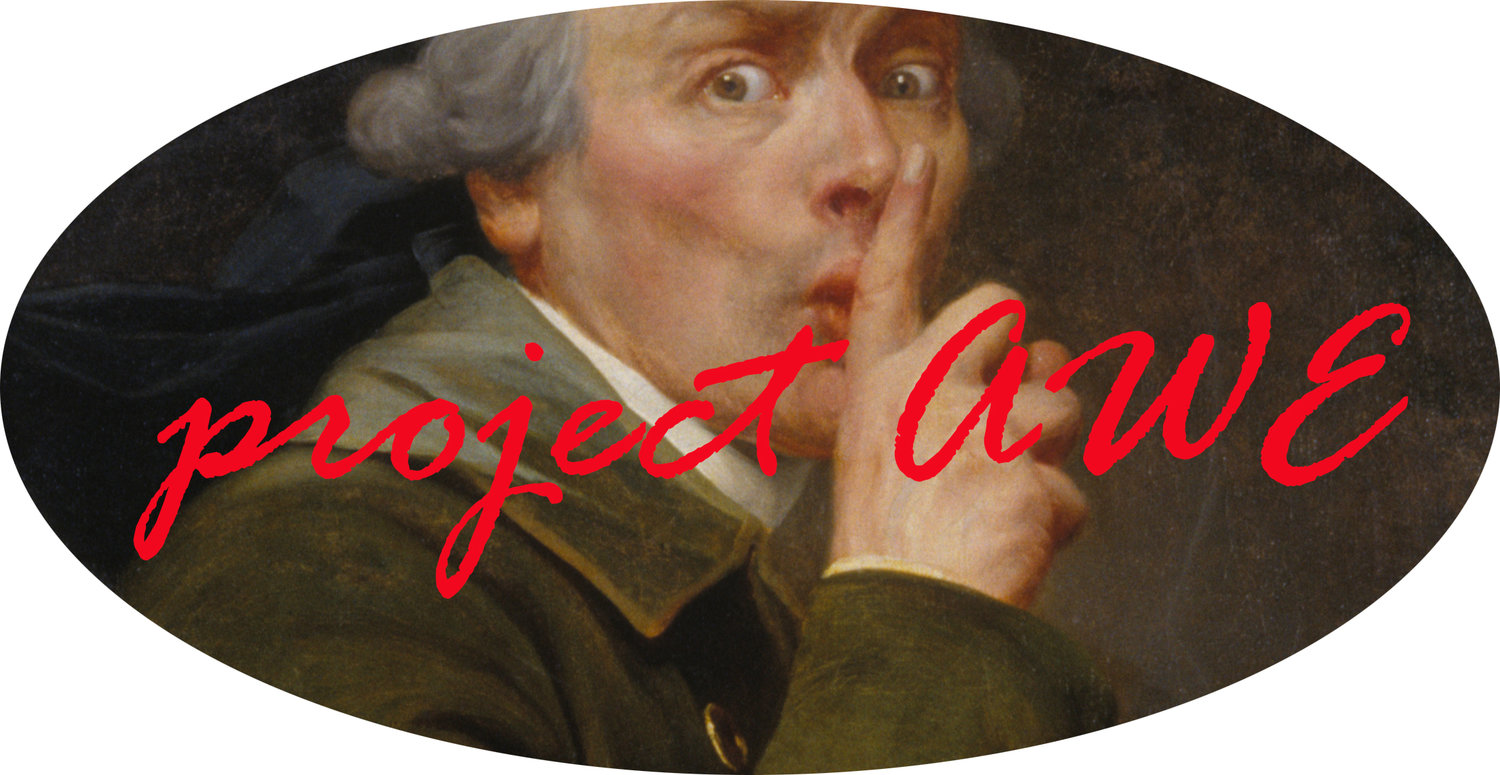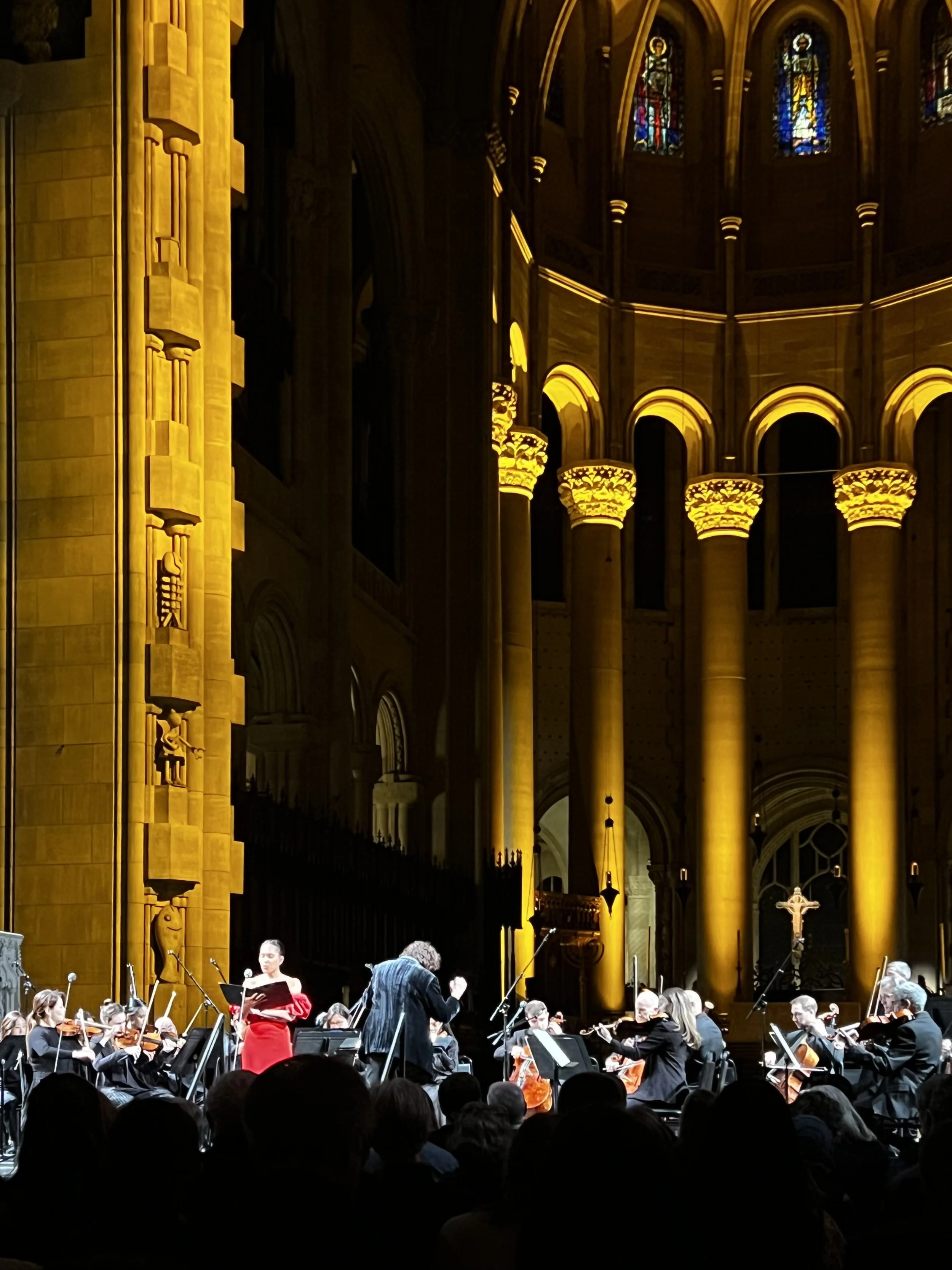“Artist, you are a mage: art is the great mystery, it only proves our immortality”
Joséphin Péladan, L’Art Idealiste et Mystique, 1894
detail from a portrait by Zhenya Gershman
The portrait genre was born out of a primal urge of conquering the biggest obstacle of life – namely death. In such a way, the esoteric and creative practices are linked by the mutual fascination with the ephemeral. Just as the alchemist is preoccupied with the magical properties of the elements, the transformation and witnessing of the divine presence, the portrait artist is engaged with the transference of the living subject into paint or what a great mystic Joséphin Péladan calls “making our dreams flesh”. A medieval artist’s studio would look no different from that of an alchemist: one would find rare minerals purchased from apothecary, a grinding stone, various thinning agents, collections of curiosities from skull and bones to other natural wonders, an array of measuring tools such as compass, square, scale, and a sand clock, fascinating manuscripts full of peculiar designs and secret recipes. The “alchemical portrait” is a practice of capturing the soul, the presence, the breath of the subject in the fluidity of paint; the transmutation of fleeting into permanent, the invisible into visible. It surpasses the pedestrian portrait which embellishes the truth resulting with a distorted image that flatters, aggrandizes, or perpetuates an inflated identity.
My artistic practice stems from the impulse of transferring the presence of the subject into a “living” portrait, however unflattering it may seem. It is based on a series of reflections; a collaboration between the model, artist, and the viewer, with the art work acting as a connecting agent in time and space. According to alchemy and to the kabala, the mirror has a power to reflect the image of the divine. The alchemical portrait can indeed act as such a mirror allowing the viewer to penetrate the mysteries of realities. This complex painting process is derived from decades dedicated to practicing an esoteric approach to portraiture. My painting technique has allowed me to apply metaphysical questions to physical manifestation exploring the tools of capturing the essence in paint and witnessing the moment of this transference. The inspiration for this approach is rooted in historic lineage that can be traced in paintings, literature, and science. From Egyptian Fayum portraits that were to literally take over the faces of the dead, the biblical account of Veronica Veil or the magical portrait of Christ, the impulse behind iconoclasm to assassinate representation as if it were an actual living person, to the “observer” theory in quantum physics which demonstrates the physical change in matter caused by the act of contemplation – the power of representation becomes evident. This phenomenon was best described by Nikolai Gogol in his novel “The Portrait”: “He went up to the portrait again, so as to study those wondrous eyes, and noticed with horror that they were indeed staring at him. This was no longer a copy from nature, this was the strange aliveness that would radiate from the face of a dead man rising from the grave.”

